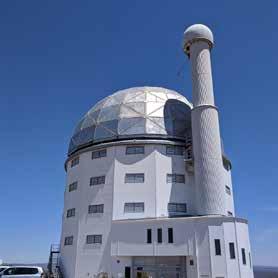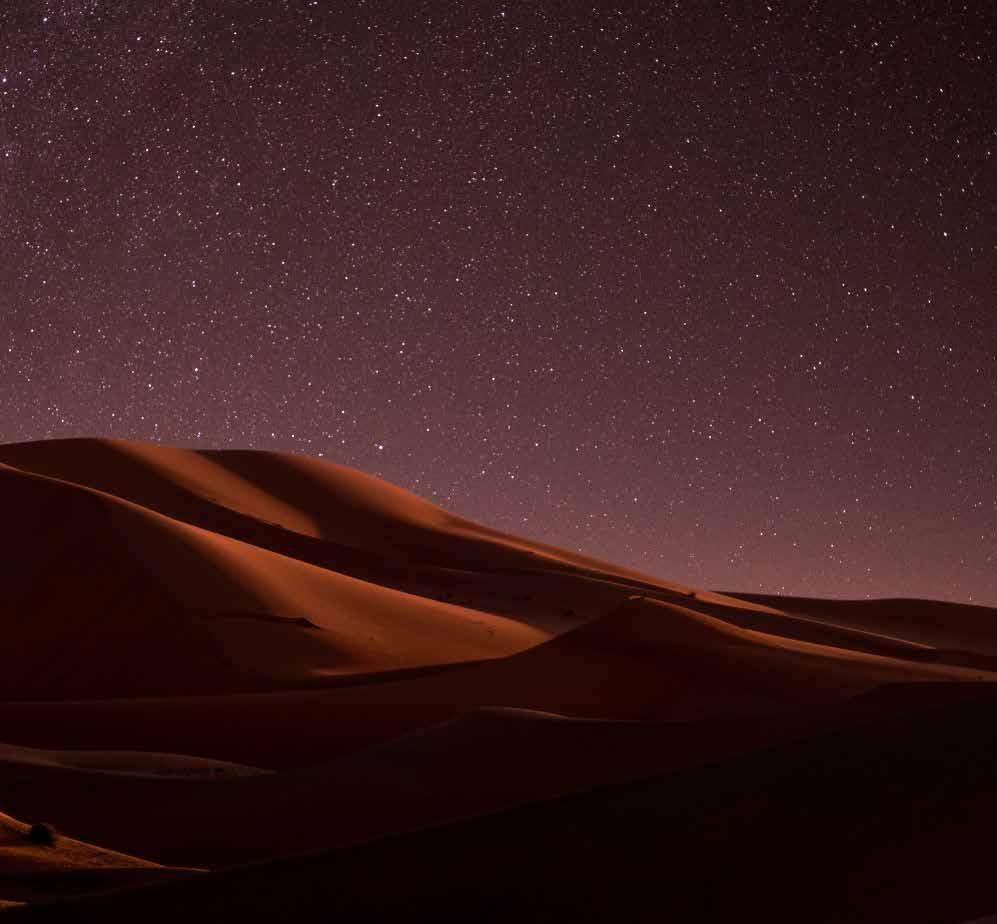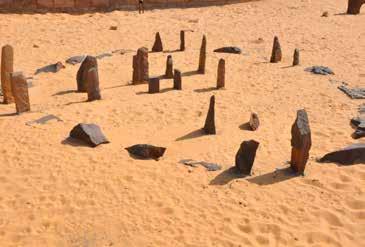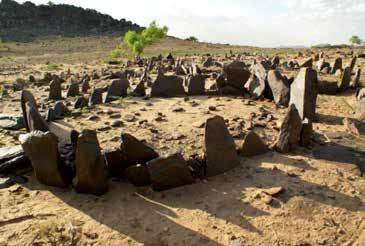
3 minute read
ASTRO-TOURISM
By: Nadine Sims
MOROCCO - SAHARA DESERT
Advertisement


SOUTH AFRICA - SUTHERLAND

WHAT MAKES A GOOD ASTRO-TOURISM SITE?
For a good astro-tourism site, you need a few ingredients: clear skies, good weather conditions, and little to no light pollution. Many parts of Africa remain largely untouched in terms of urbanisation, making it the ideal astro-tourism travel site. With urbanisation comes air and light pollution, making it difficult to enjoy the cosmos.
Astro-tourism sites come in many shapes and sizes. Take SpaceX for example, one of the biggest commercial space companies on Earth. When they launch their rockets into orbit, crowds of tourists flock to their launch site in Cape Canaveral.
Or when there is a significant celestial event taking place, like an eclipse or a meteor shower, that specific region can become flooded with tourists. There are also astro-tourism sites, like Sutherland, where you can visit the Southern Hemisphere’s largest optical telescope.
According to Africa Wanderlust, the continent has more than 100 game parks/ reserves open to the public, making it an ideal site for astro-tourists to look up to and enjoy the stars. Africa is definitely astro-tourism rich and will leave you star-struck!
ASTRO SITES IN AFRICA
NAMIBIA - NAMIB DESERT
The Namib desert is one of only two sites in Africa (and the first) that has been conferred Dark Sky status in 2013 by the International Dark-Sky Association, making it a go-to site for so-called ‘Dark Sky Chasers’. Namibia also has the High Energy Stereoscopic System (HESS) telescope. Visits to the site are currently only by appointment and a visitors’ centre will be set-up in the near future, but is not available as yet.
KENYA - NAMORATUNGA II
This heritage site is thought to have been built around 300 BC. There are 19 stones that align with seven-star systems and it is thought to have tracked a 364-day year. Like Nabta Playa in Egypt and Stonehenge in England, it is thought that ancient civilisation used them to keep track of time and the seasons, which would have helped with agriculture and food security.
What is astro-tourism?
Astro-tourism is the practice of travelling to a site due to its link with astronomy or space-related activities. The tourism industry contributes 7% towards Africa’s total GDP (according to Quartz Africa).
What is light pollution? It is the pollution of excessive artificial and bright light. This can come from streetlights, homes, shopping centres and other manmade structures, making it difficult to observe stars, planets and truly experience the beauty of our night skies and the Milky Way.
EGYPT - NABTA PLAYA HERITAGE SITE
The first traces of time keeping date back to about 7 000 years ago in the African deserts of Egypt, about 800km south of Cairo. The site, Nabta Playa, is a stone circle, similar but much older than Stonehenge and is thought to have monitored the seasons. It is also considered as one of the oldest astronomical sites in the world.

SOUTH AFRICA - SUTHERLAND
South Africa has many astro-gems. The Southern African Large Telescope in Sutherland is one and it is the largest optical telescope in the Southern Hemisphere. This site is ideal for stargazing astro-tourists and even astro-photographers. Also in South Africa, the!Ae!Hai Kalahari Heritage Park has also been granted Dark Sky status and measures 21,6 out of 22 on the darkness scale, making it one of the darkest sites on Earth.
MOROCCO - SAHARA DESERT
Did you know that the Sahara Desert covers approximately 10% of the African continent? It is one of the hottest deserts in the world. With its remote location, dryness and very rare cloud coverage, it really makes for an ideal stargazing trip.
EGYPT - NABTA PLAYA HERITAGE SITE











